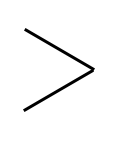The instrument is a complex assembled structure.
The solid base is in the form of a box with a rectangular attachment at the top and a cut-out at the bottom in the form of a 120° angle. The top of the box has an extension forming a groove. A plate is inserted in this groove and can be pulled out. The plate has two cups: the left one could hold a magnetic compass, the purpose of the right one is unknown.
The top also has decorative elements in the form of miniature urns in the corners, and there is a groove in which a horizontal plate moves from right to left. On this plate there are three equally spaced posts and a threaded rod fixed in special fasteners. The posts have grooves along which the upper part of the whole structure can slide; the base of the upper part is made up of two dolphin figures joined together, the tails of which are attached by a detail in the form of a double volute. It holds a detail in the form of a rectangular column with pinholes, topped by a decorative spinner. Three vertical elements are attached to the dolphin figures from below; the central one, in the form of a narrow bar with pinholes, is attached to the bow fixed to the underside of the dolphin figures.
The fixed sighting pinholes are on the centre post, while the sight itself is on a horizontal plate that can be moved by turning a solid nut mounted on a threaded rod. The fixed sighting pinholes were probably used for rough aiming, and for more accurate aiming a sliding bar was used, which could be moved vertically and locked in place by means of lateral clamping screws.
The unmarked scale is hatched on the left and right tool posts. There is also a scale for measuring the horizontal displacement of the upper base plate, graduated from 0 to 2 in both directions from the centre, with a graduation of ¼.
The sides of the vertical posts, the vertical planes of the base and the plate with the cups are covered with "Solis-style" ornamentation – interlace combined with moresques – executed in etching technique.
The plinth of the instrument's base bears the signature of the master: HANS GRUBER ZU NURNBERG.
Hans Gruber. Nuremberg, Germany. Second half of the 16th century. Copper alloy. Engraving, etching (?). 29.0 x 10.5 x 2.5 cm. Monuments of the History of Science 14th-19th cc. Fund of the Museum of M.V. Lomonosov MAE RAS (Kunstkamera). MAE NO. 7751-1. ML-2795.
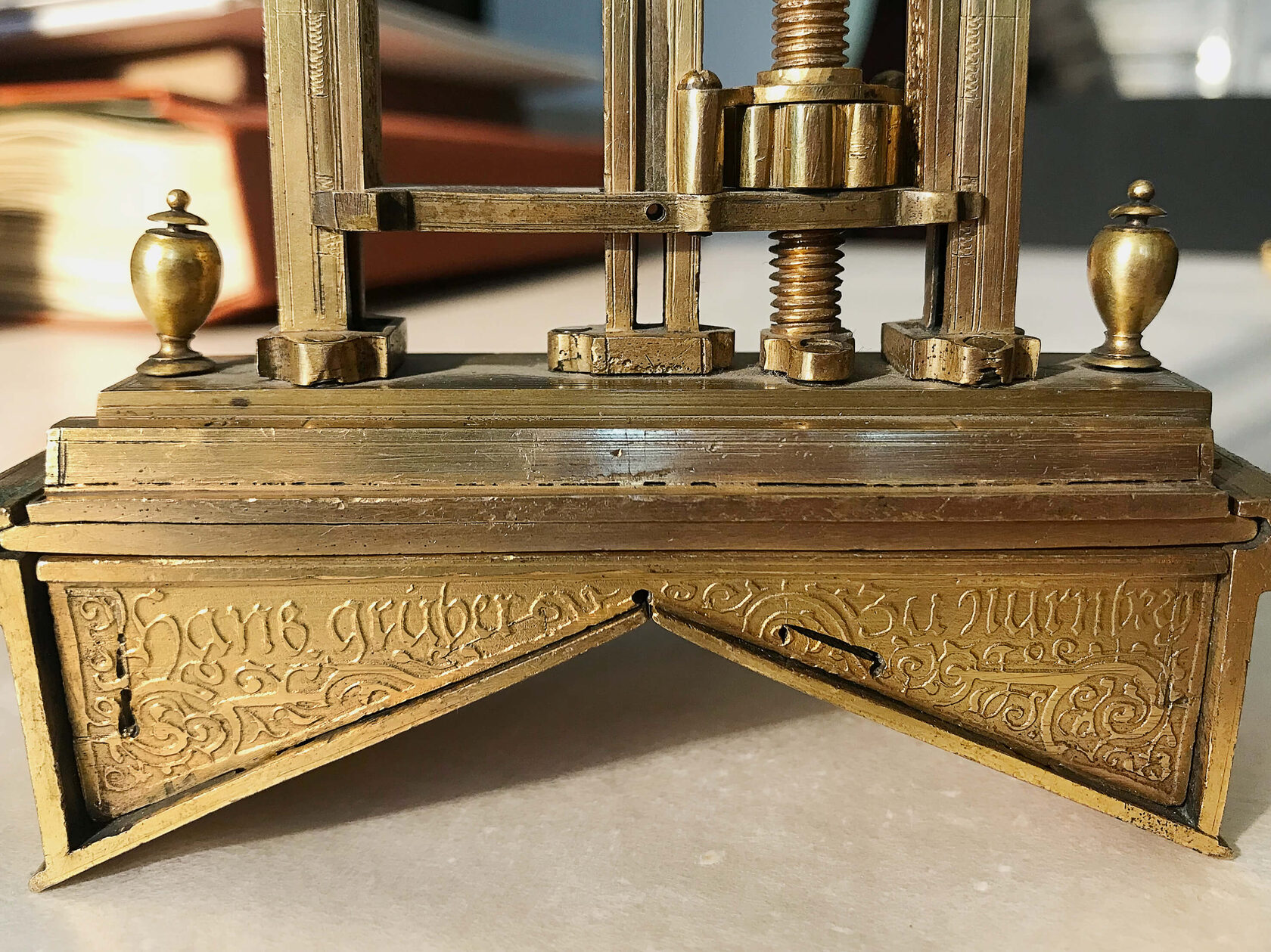
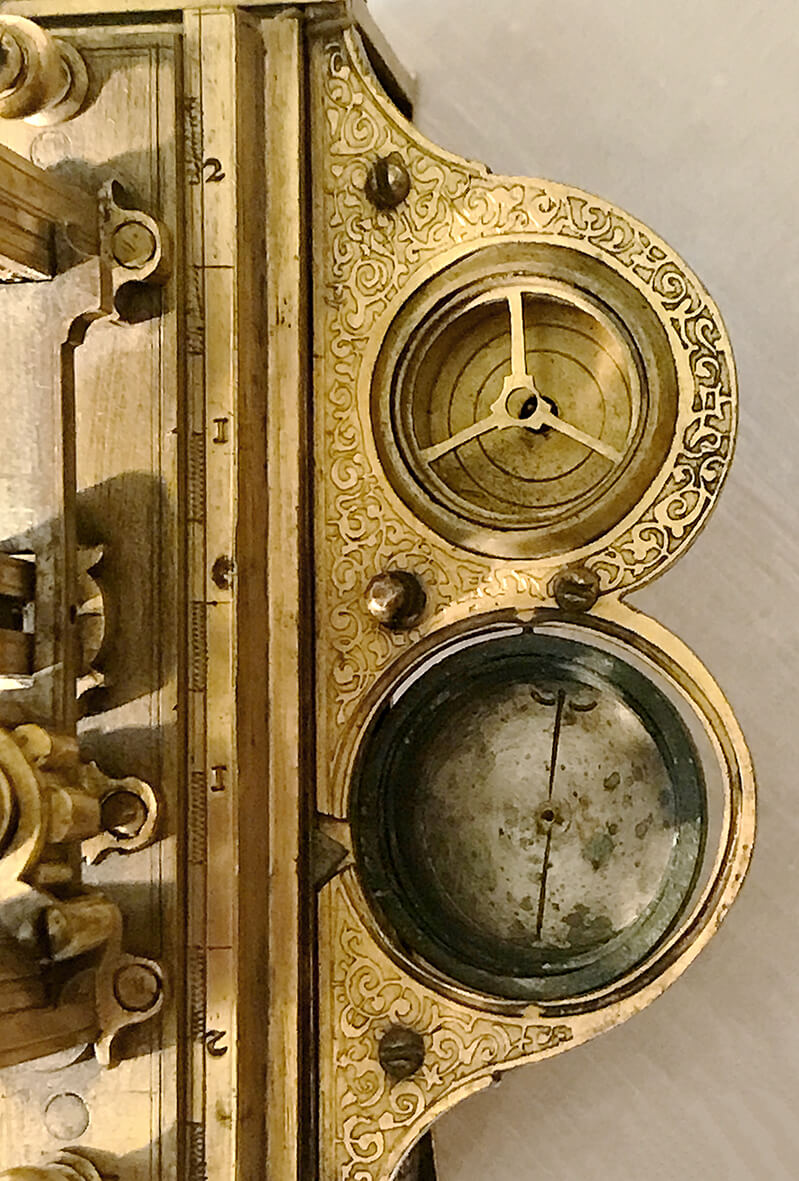
To see the layout of the structural elements, click on the image.
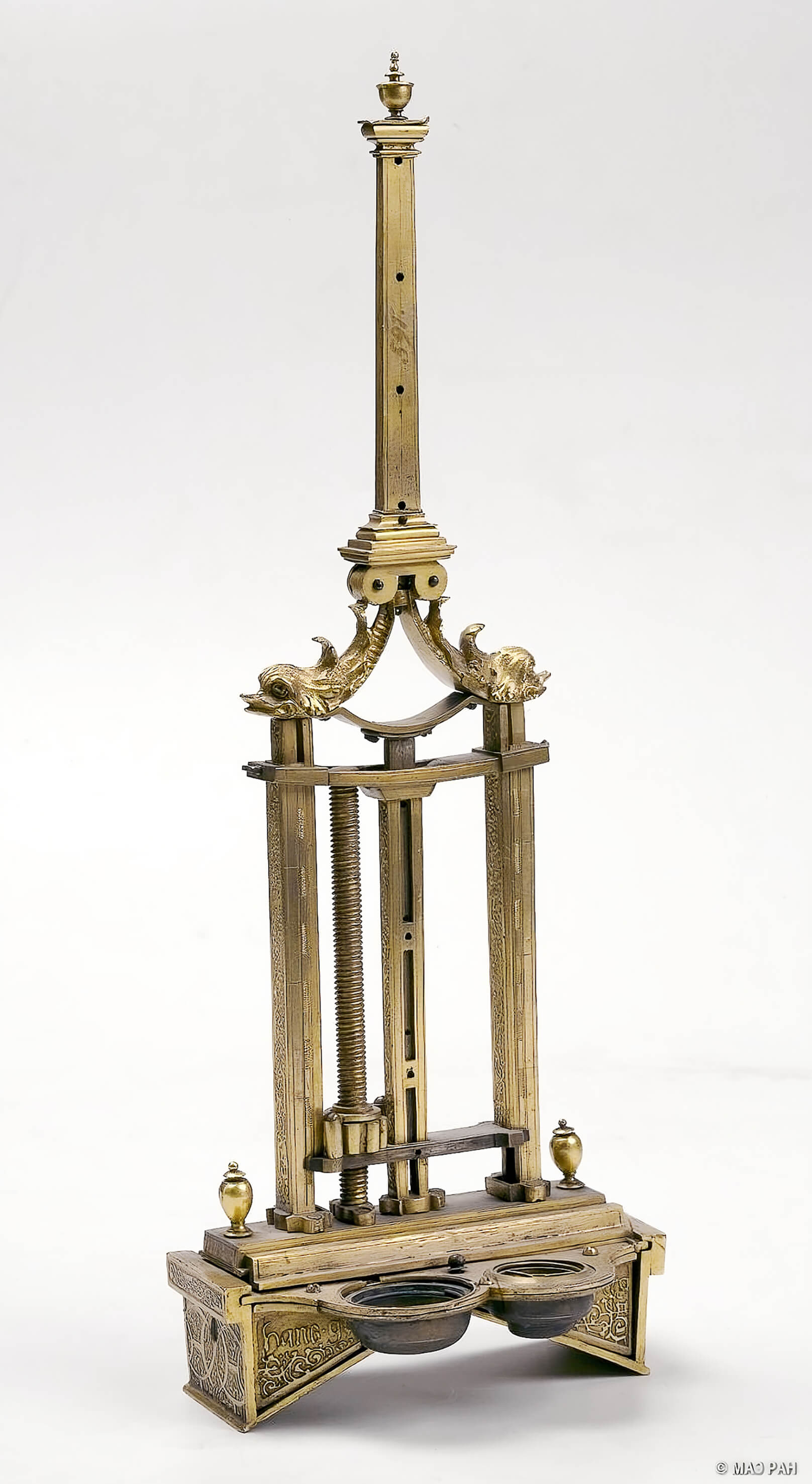
Sliding pinhole sight
Nut moving the sliding pinhole sight
Sliding bar with pinhole sights
Clamp screws for fixing the sliding bar
Fixed pinhole sights
